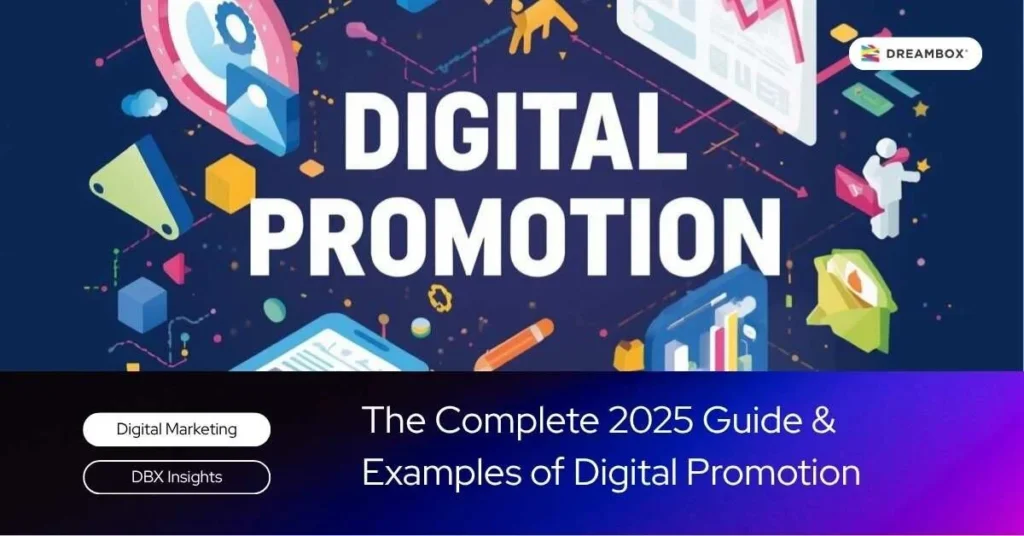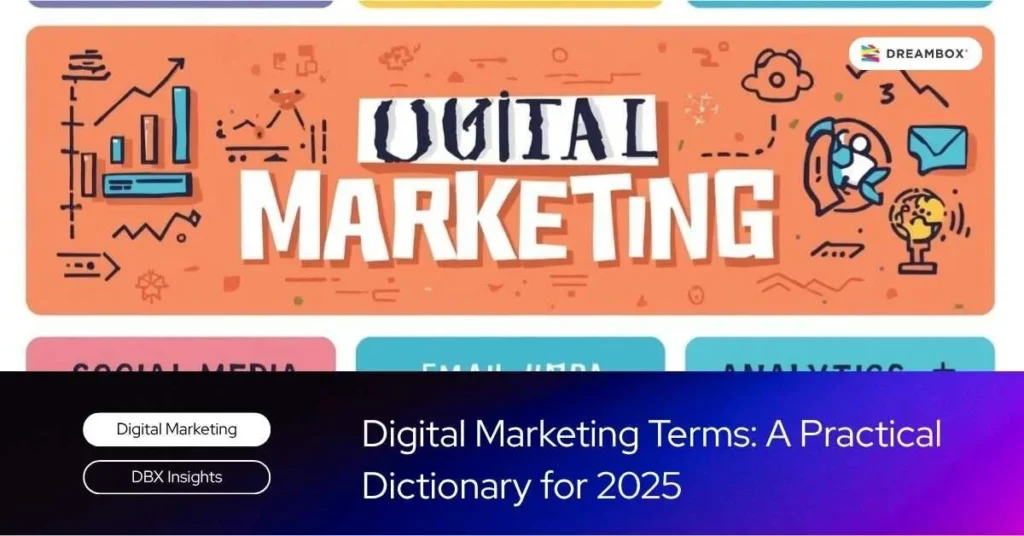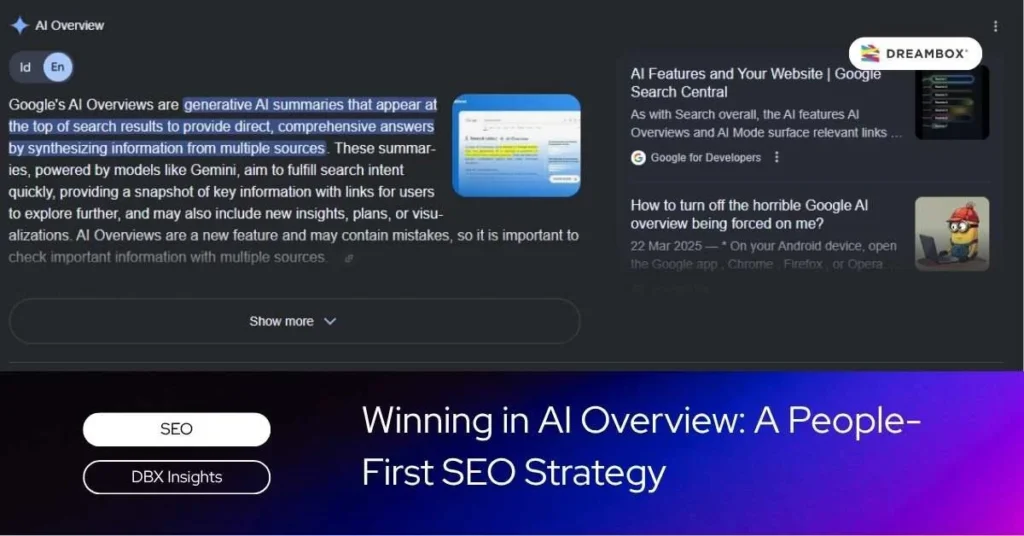Share of voice (SOV) helps you see how much of the conversation or visibility your brand has compared to the total category from social media, online news, and SEO, to paid advertising. For B2C/B2B business owners and digital marketers, SOV is useful as a competitive compass, a campaign validation tool, and input for cross-channel budget planning.
This article summarizes the definition, benefits, formulas, per-channel measurement, the differences between ESOV–SOM–share of search, practical steps, and strategies to increase SOV.
What is Share of Voice (SOV)?
SOV is a metric that compares your brand’s mentions or visibility against the total mentions/visibility in its category over a specific period. Simply put, SOV shows the portion of the “stage” your brand commands in the market conversation.
Relevance for Businesses
With SOV, businesses can map their position against competitors, understand customer conversations, and monitor brand health (awareness and sentiment) across various digital channels relevant to their market.
Benefits of SOV for Business
Competitive Benchmarking
SOV makes it easy to compare your brand’s visibility vs. key players to see who is dominating the conversation in your category.
Schedule a free 30-minute branding consultation session with our experts.
Budget Planning
SOV insights help direct channel investment and build a content plan based on visibility gaps compared to competitors, leading to more effective allocation.
Crisis & Reputation Monitoring
Using social listening, SOV and sentiment can be used to detect issues, monitor responses, and manage reputation more quickly.
Validating Campaign Effectiveness
Changes in SOV indicate a campaign’s impact on awareness and share of conversation in the market.
Share of Voice Formula and Calculation
The general SOV formula is:
SOV = (Your Brand’s Mentions/Visibility ÷ Total Category Mentions/Visibility) × 100%
- Monthly example (category with 4 brands): If total category mentions = 2,000 and your brand = 600, then SOV = 600/2,000 × 100% = 30%. The remaining percentage is divided among competitors based on their respective mention counts.
Important notes:
- Define “mention” per channel (post, article, impression, estimated click) to be consistent.
- Use the same period for all brands.
- Perform deduplication (remove spam/duplicates) and noise cleaning (common terms, homonyms) for accuracy.
Share of Voice per Channel: Social, PR/News, SEO, and Ads
Social Media
- Measure the portion of brand mentions/conversations compared to the category total using social listening (brand mentions, keywords, hashtags).
- Include sentiment analysis for reputational context.
PR/Online News
- Calculate the portion of media coverage/mentions for your brand in online media vs. the total category coverage.
- Pay attention to the media quality and tone of the coverage to assess its impact.
SEO (Visibility Share)
- For SEO, SOV is often estimated from the portion of organic visibility/traffic on a set of category keywords (ranking × volume × estimated CTR).
- Monitor share trends on the SERP against main competitors.
Ads (Impression Share)
- In paid advertising, a common proxy for SOV is Impression Share: the percentage of impressions you received out of the total impressions you were eligible for.
- Impression Share is influenced by budget and Ad Rank; improvements can be made by increasing the budget or improving quality/relevance.
ESOV, SOM, and Share of Search: What’s the Difference?
- SOM (Share of Market) is market share: a company’s portion of sales within an industry.
- ESOV (Excess Share of Voice) = SOV − SOM; this framework is used by marketers to link a voice share in excess of market share with opportunities for brand growth over time.
- Share of Search is the portion of searches for a brand compared to the total searches for its category, often used as a brand health indicator based on search interest.
Practical Steps: Measuring SOV on Social Media
- Define the category, competitors, keywords/hashtags, and exclusions for common terms/homonyms.
- Determine the period and channels (Twitter/X, Instagram, TikTok, YouTube, forums) consistently.
- Collect mentions with a social listening tool; perform deduplication and noise cleaning.
- Classify sentiment and main topics.
- Calculate SOV per brand and for the total category; review trends vs. the previous period.
- Report per channel and combine insights with awareness/engagement KPIs.
Strategies to Increase Share of Voice
Content & SEO
Produce valuable content that starts with a strong content brief to answer intent, build topic clusters, and perform technical optimization to increase organic visibility and share on SERPs.
PR & Collaboration
Strengthen PR (media releases, expert opinions/thought leadership) and collaborate with relevant KOLs/creators, using a clear creative brief, to broaden the conversational reach.
Paid Advertising
Increase Impression Share by raising the budget if necessary and improving Ad Rank (quality/relevance) to win auctions more often.
Channel Prioritization
Focus on channels with the largest SOV gap against competitors and use the ESOV framework to guide the investment portion that supports growth.
Derivative KPIs
Monitor reach, engagement rate, sentiment share, and share of search as supporting indicators of brand health.
Common Mistakes and Data Best Practices
- Inconsistent definition of mention across channels; the solution is to establish a taxonomy per channel from the start.
- Not cleaning spam/duplicates/homonyms; use filters and exclusion lists.
- Non-uniform measurement periods, creating biased trends; keep the time window consistent.
- Ignoring sentiment; combine the quantity and quality of conversations.
- Not comparing against the total category; always measure the portion of the market, not absolute numbers.
Ready to Increase Your Share of Voice? Collaborate with Dreambox!
In short, SOV gives you a measurable way to read the competition, monitor your reputation, and direct your budget across channels. Need a partner to build an integrated strategy and execution?
Learn about Dreambox’s Digital Marketing services and discuss your needs with us. Want to gain more insights? Visit other articles on DBX Insight.










